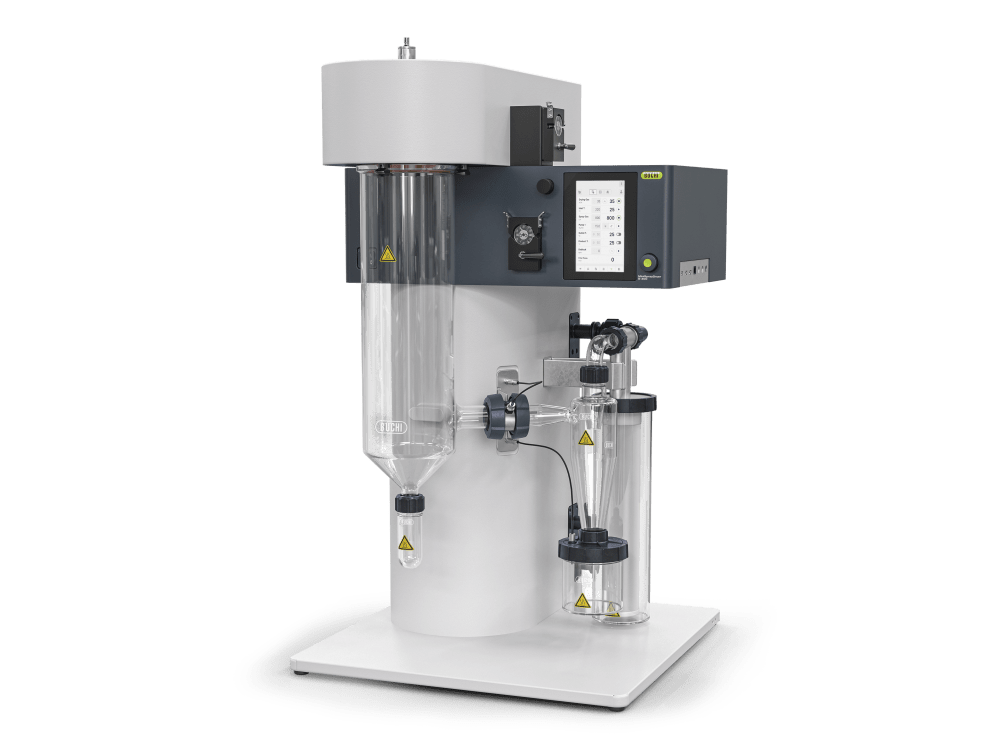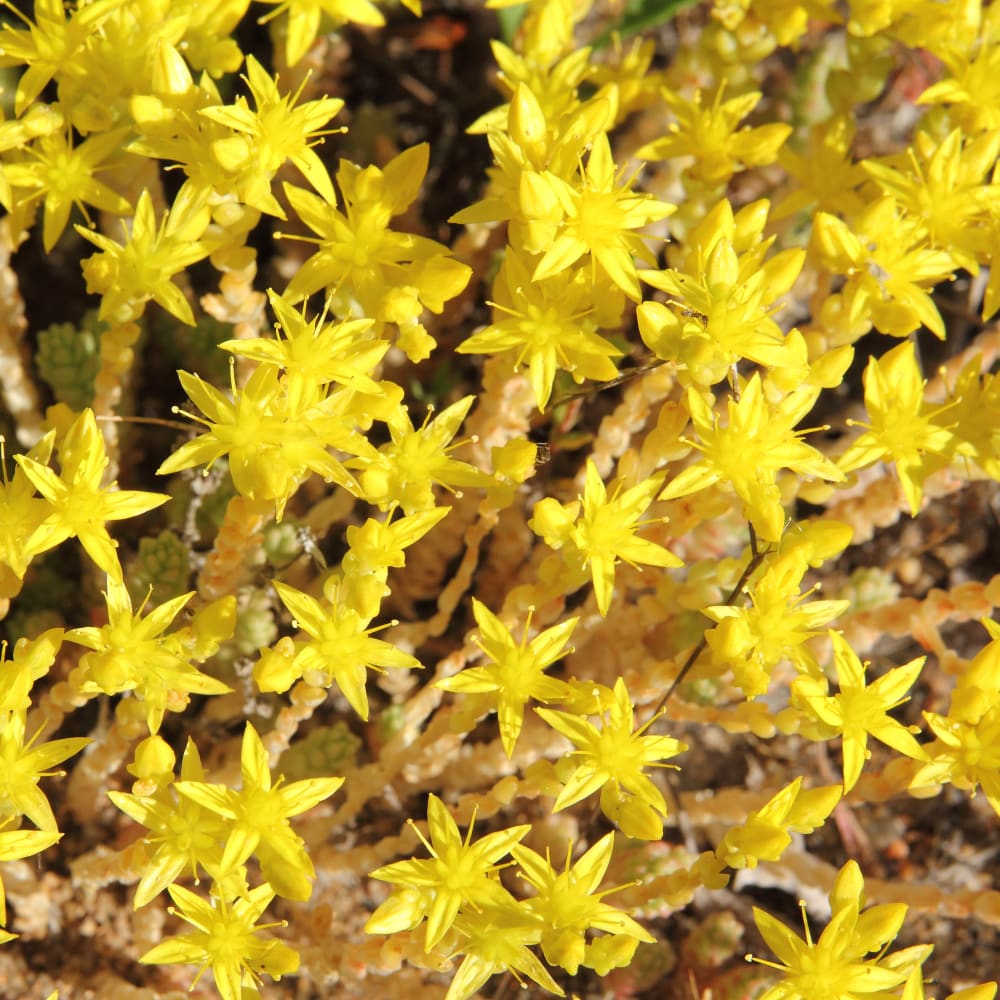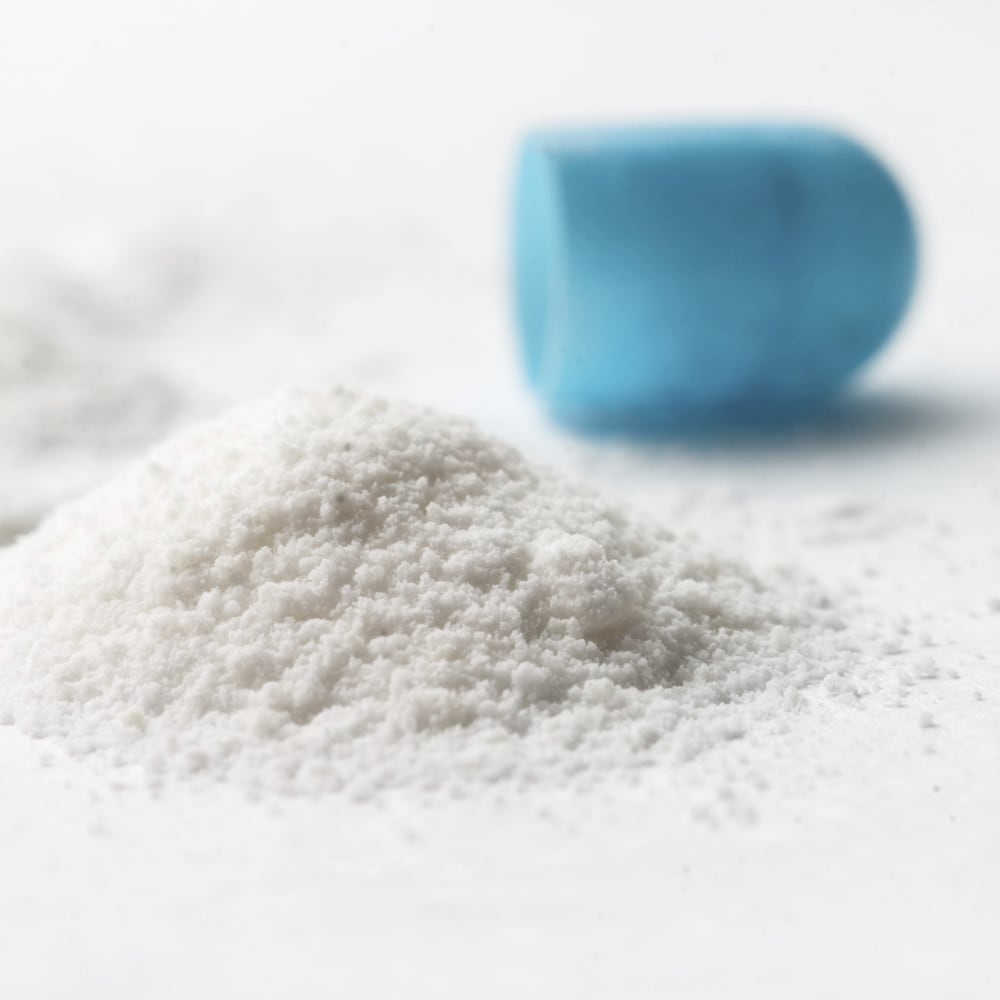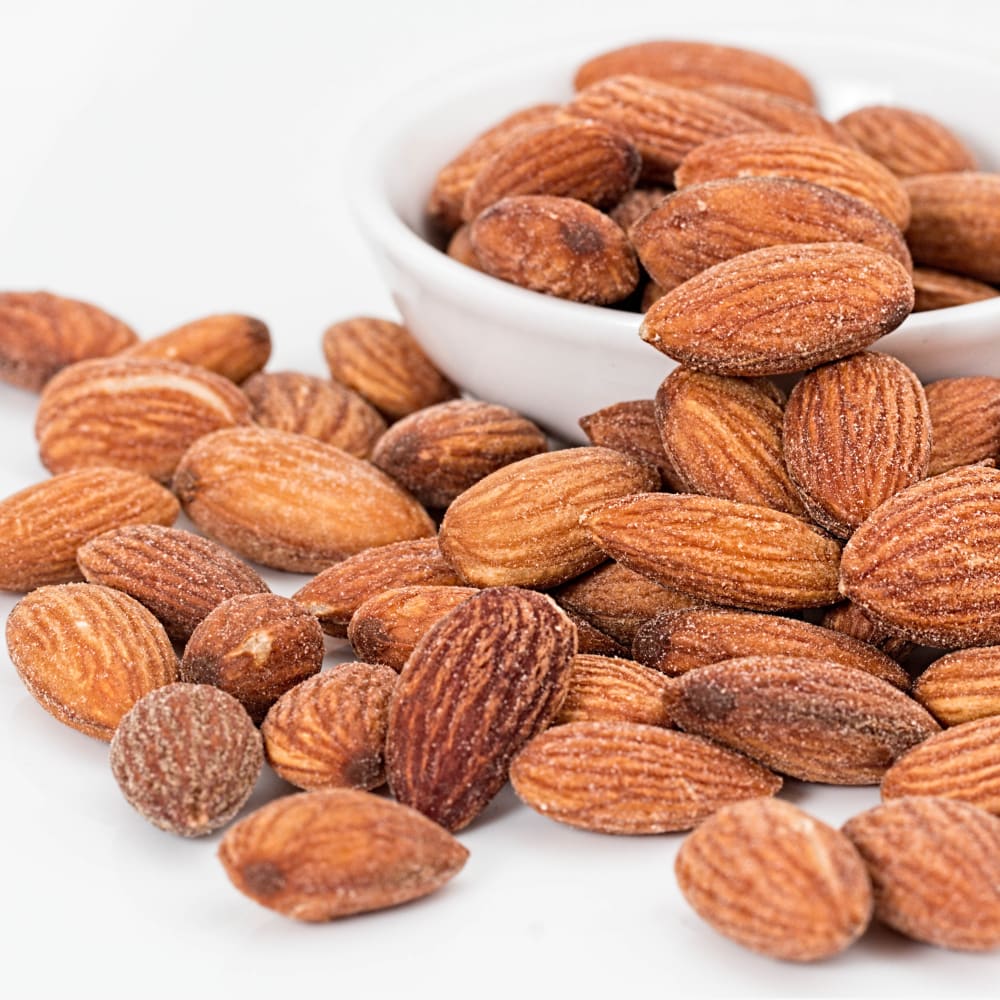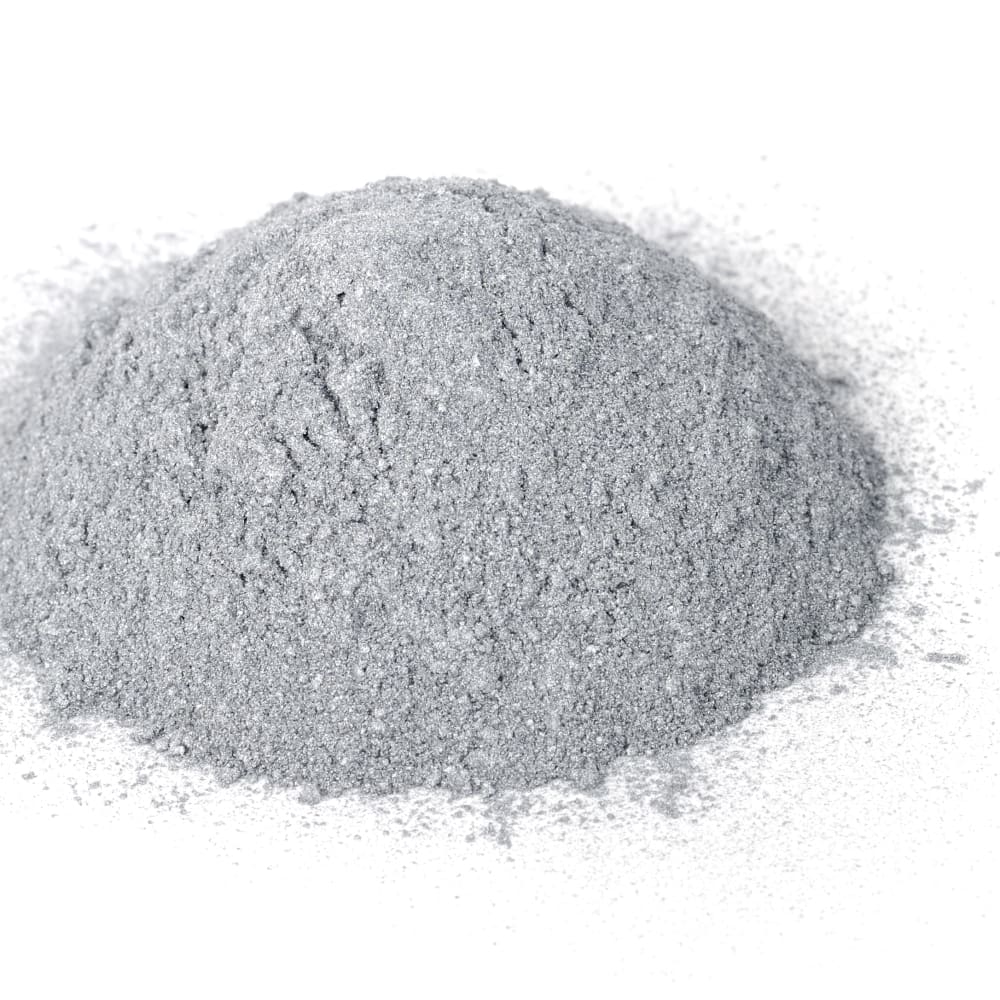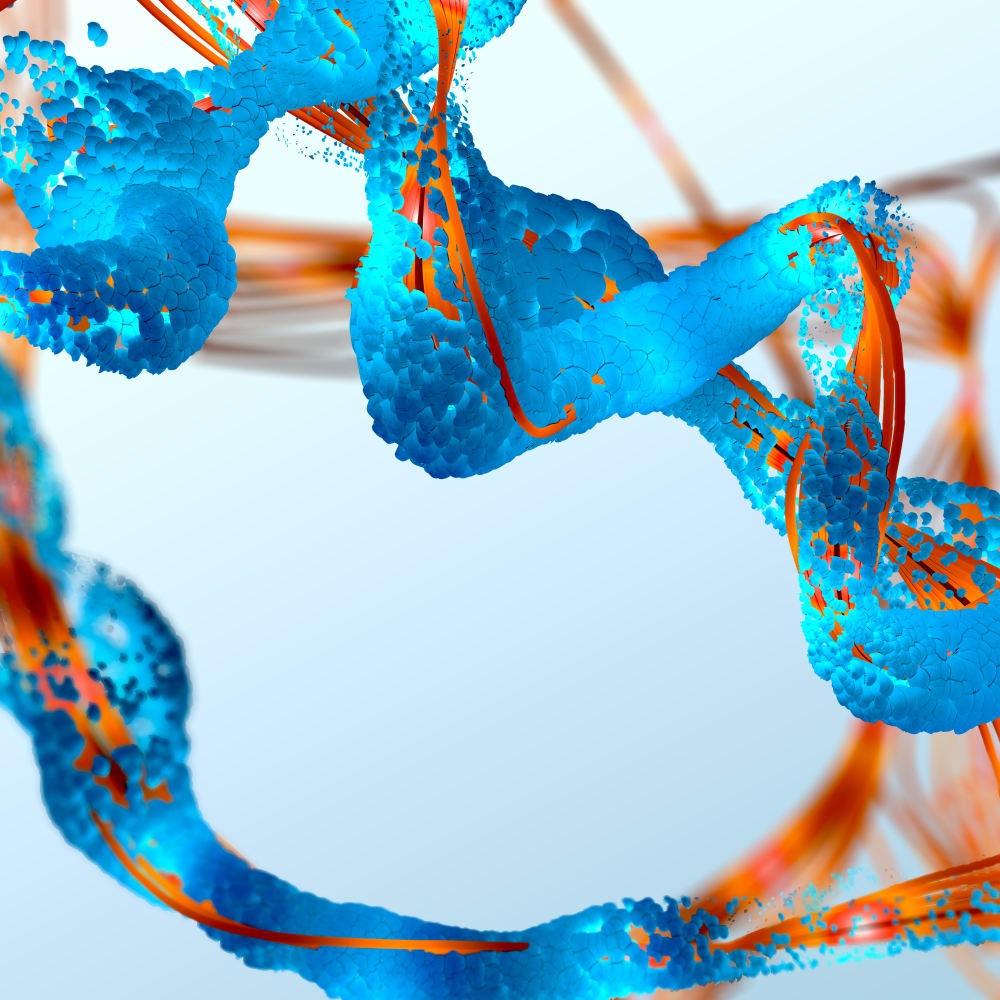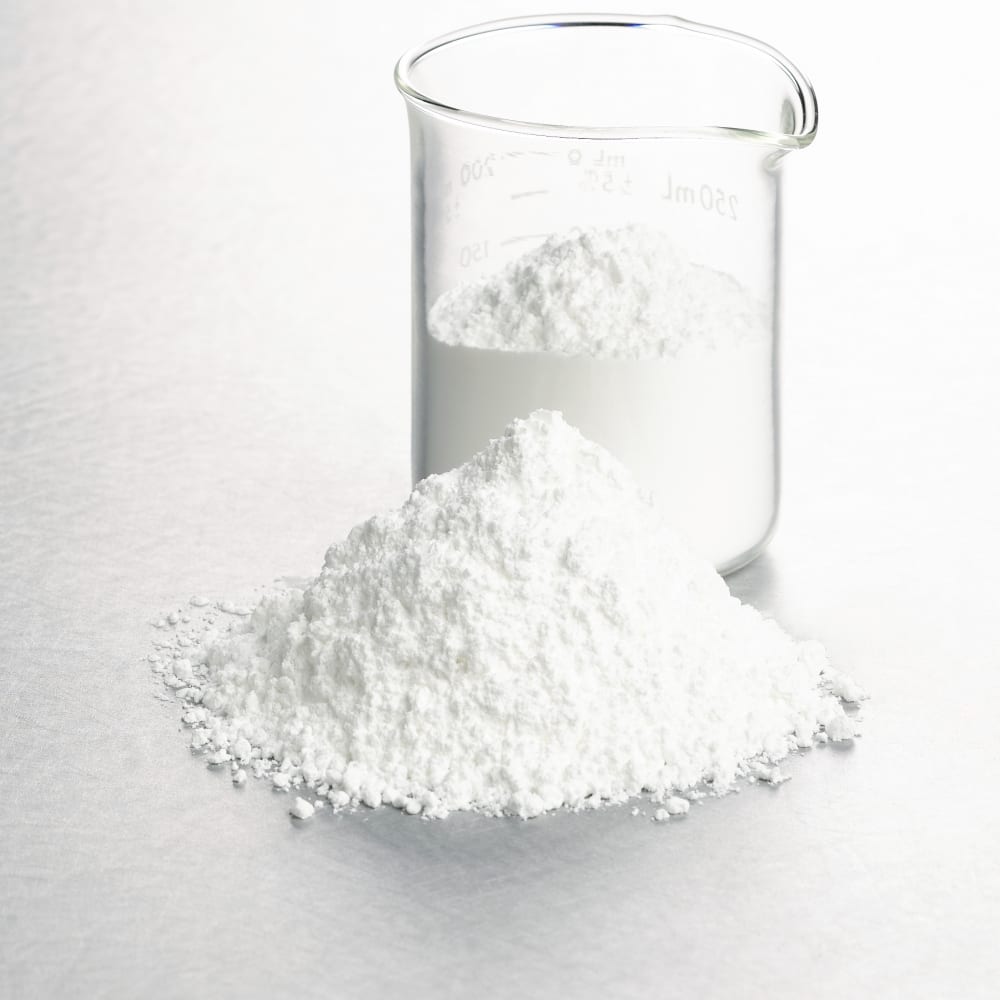Spray Drying of Inkjet
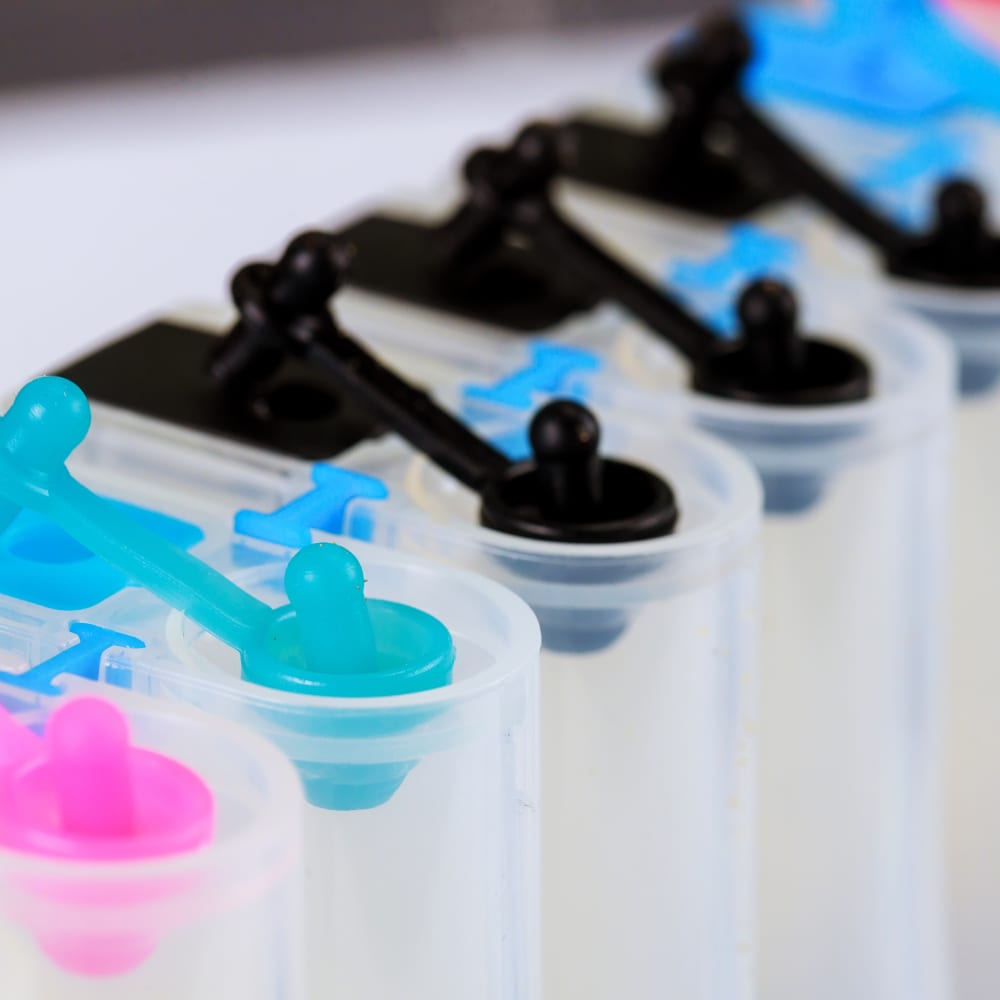
Spray drying is a common technique used in the production of inkjet inks. This process involves the atomization of a liquid ink formulation into a stream of hot gas, which rapidly dries the ink droplets and leaves behind a fine powder of solid pigment particles.
Inkjet inks produced using spray drying offer several advantages over traditional inks, including improved stability and print quality, as well as increased resistance to fading and smudging. These properties make them suitable for use in a wide range of printing applications, including industrial printing, commercial printing, and digital printing.
Inkjet inks produced using spray drying are also highly customizable, allowing for the creation of inks with unique properties and characteristics. For example, the particle size and distribution of the pigment particles can be adjusted to achieve a particular color or to enhance the ink's adhesion properties.
Overall, spray drying is a valuable technique in the production of inkjet inks, offering improved stability, print quality, and customization options. The resulting inks are suitable for a broad range of printing applications, from industrial printing to commercial printing and digital printing.
Please see the application note No. 544 for starting parameters, formulations and some results.
